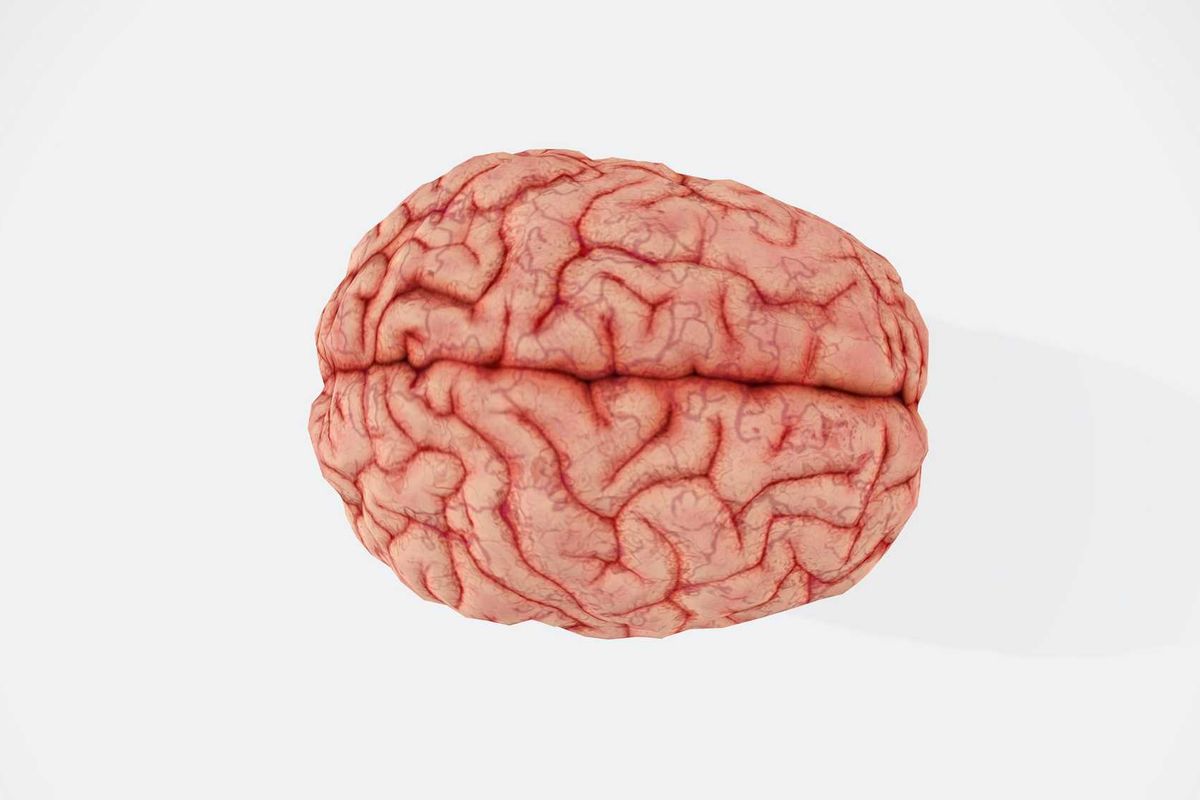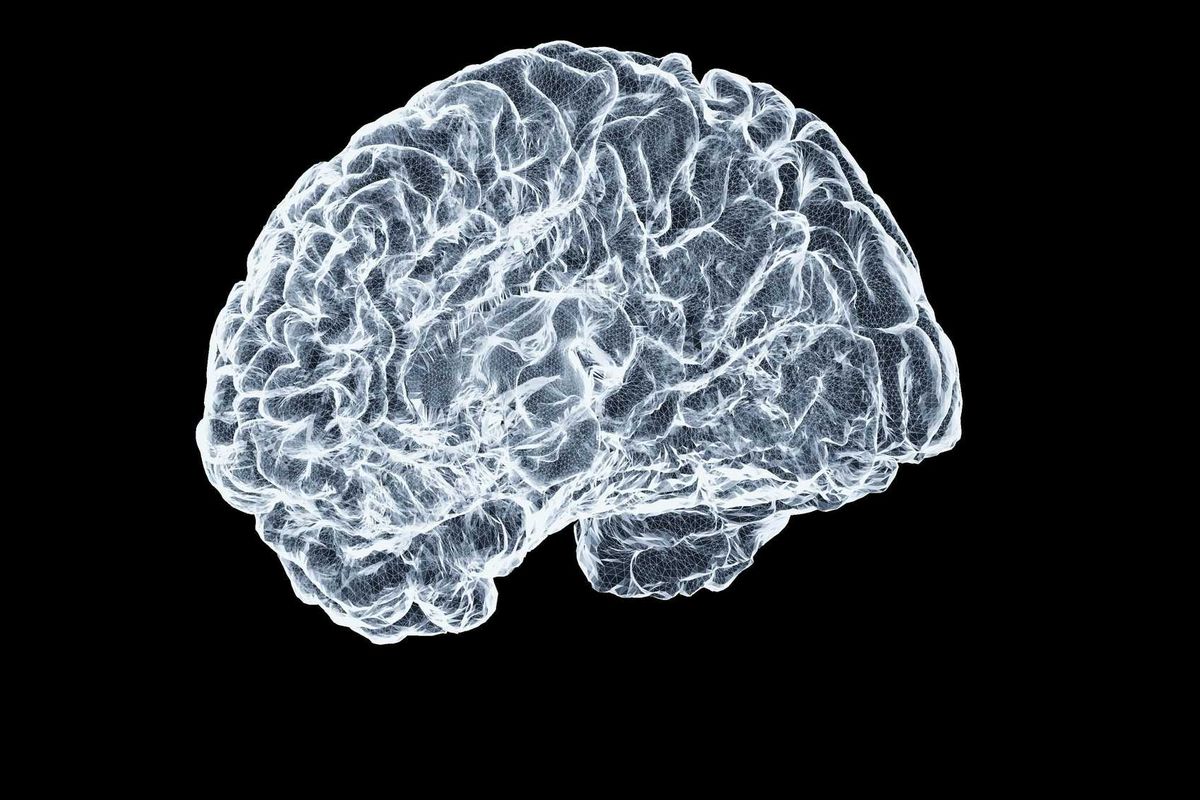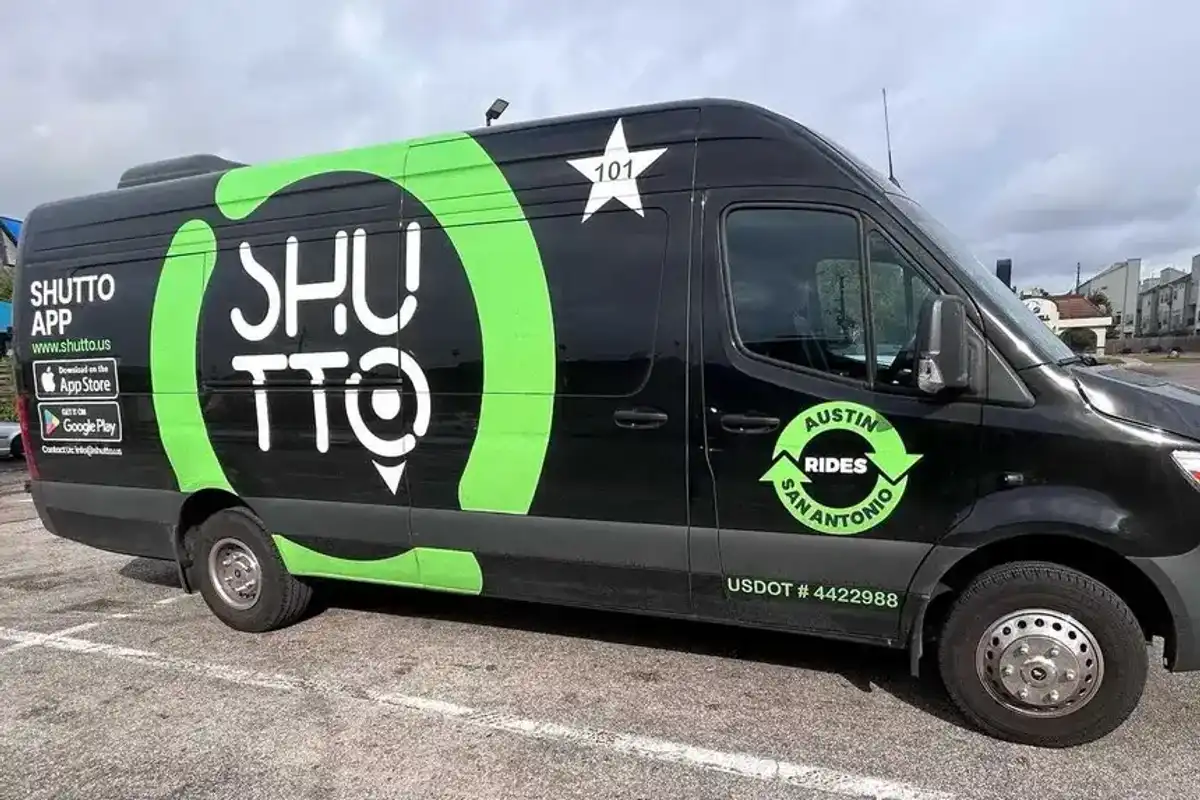City of Houston launches annual career development and internship program for young adults
for the kids
City officials and business leaders in Houston are recruiting employers to collectively offer at least 12,000 paid jobs and internships this summer for local 16- to 24-year-olds.
Organizers on March 8 kicked off this year’s Hire Houston Youth initiative. It encourages employers in the public, private, and philanthropic sectors to bring aboard youth for summertime jobs and internships.
One of the program's partner is Ampersand, a Houston-based startup and tech platform that has designed a career-readiness curriculum for this age group. In partnership with the City of Houston, Ampersand customized a portion of its curriculum to upskill and prepare young Houstonians for the workforce across 35 lessons, five modules, and four hours of content — all of which provide essential job skills ranging from email best practices to mental health management in the workplace.
Employers can sign up for Hire Houston Youth online. The deadline for youth to apply for jobs or internships through this program has been extended from March 11 to April 8.
“Employment plays a pivotal role in reducing gender, ethnic, racial, and other social inequalities,” Mayor Sylvester Turner says in a news release. “Therefore, providing meaningful employment experiences for our youth is in the best interest of all, including young people, their communities, and Houston as a whole.”
In 2021, as the city coped with the height of the COVID-19 pandemic, Hire Houston Youth offered more than 9,500 opportunities. This year, Turner hopes the program can produce at least 12,000 jobs and internships, and as many as 15,000.
The National League of Cities recently awarded a $150,000 grant to Hire Houston Youth. In addition to the grant, Houston will receive assistance from National League of Cities staff and other experts to advance the city’s efforts to expand STEM career opportunities for marginalized young people.
The unemployment rate for 16- to 24-year-olds in the U.S. ranks as the highest among all age groups. In the pre-pandemic year of 2019, the national unemployment rate for the 16 to 24 age group stood at 8.4 percent. No other age group had an unemployment rate above 4.1 percent in 2019.
The jobless rate for people of color and lower-income people in this age group has historically been higher than the overall rate for that age group.
The pandemic exacerbated unemployment woes for 16- to 24-year-olds in the Houston area around the country. Data compiled by the Schultz Family Foundation and Mathematica shows that during the peak of the pandemic, youth unemployment rates in the Houston area ranged between a low of 12.6 percent from July to December 2020 and a high of 16.1 percent from January to June 2021.
The Measure of America project estimates that more than 4.1 million Americans in the 16-24 group are neither working nor attending school. In Harris County, 13.4 percent of 16- to 24-year-olds in Harris County met that definition in 2017, according to the Federal Reserve Bank of Dallas.
“The years 16-24 are crucial for the development of human capital — through activities such as education and workforce preparation that pay dividends in the form of higher wages, lower unemployment, and other benefits later in life. Yet even before the pandemic, many young people were disconnected from school and work and the economic opportunities that follow,” the Federal Reserve Bank of Dallas says in a 2021 report.





